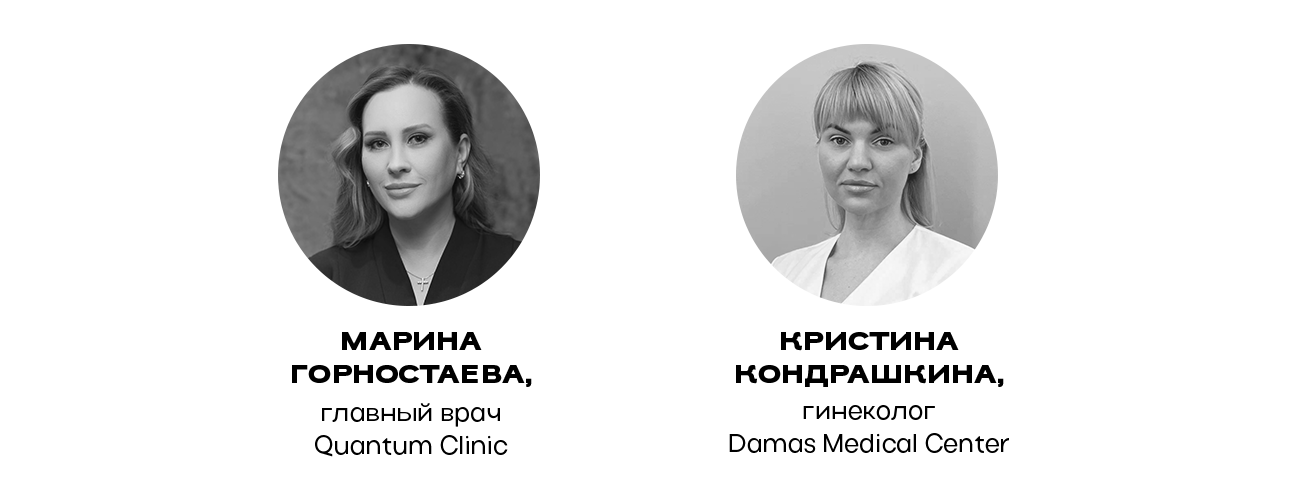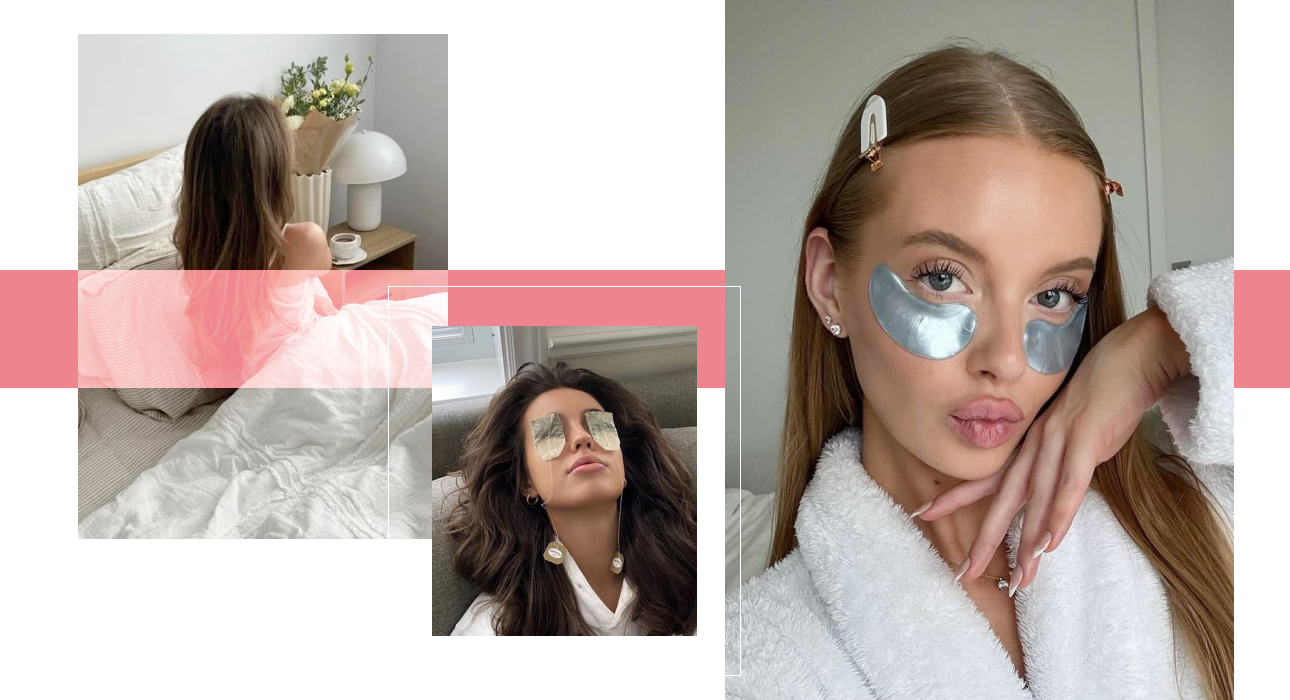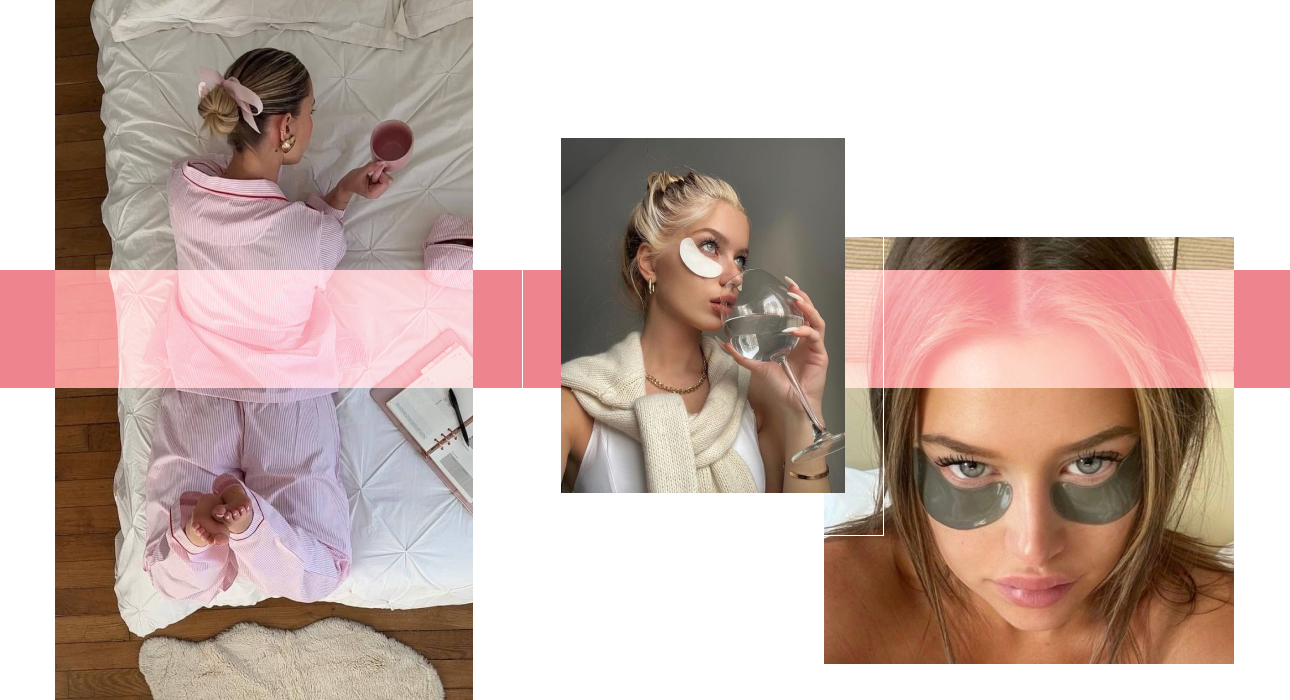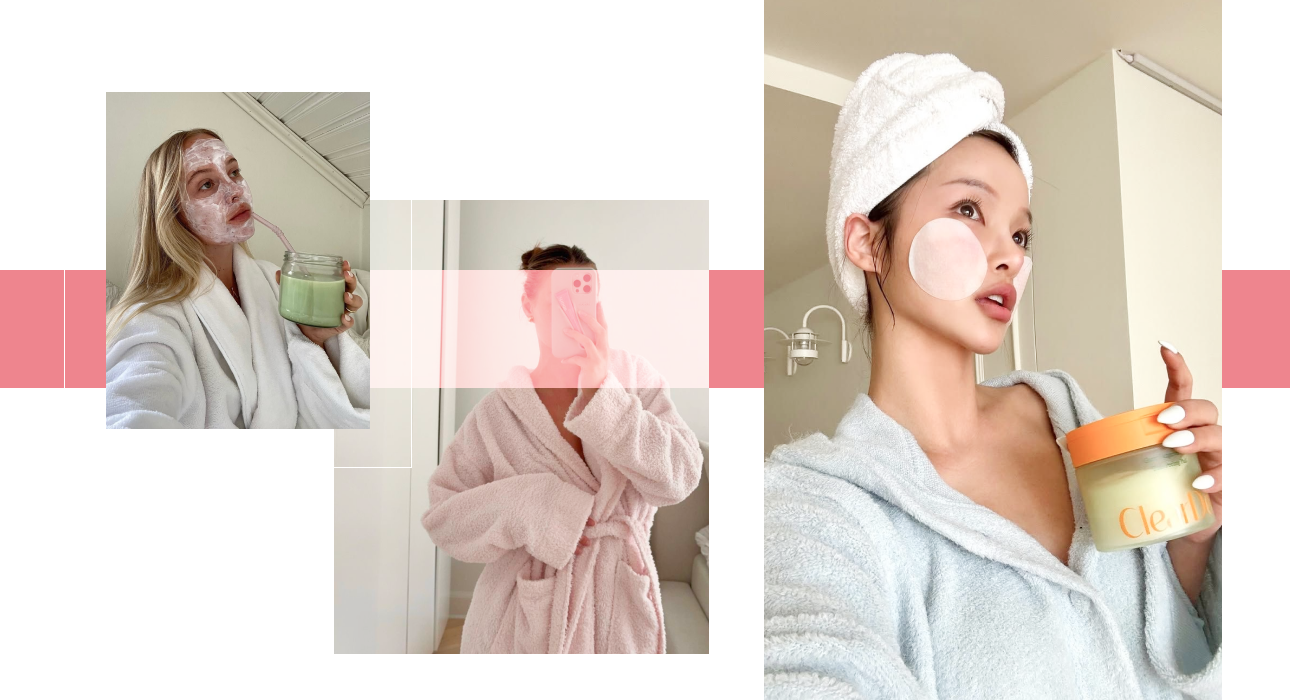The body is rebuilt at every stage of the menstrual cycle. Mood, emotions, sensations and appearance change. In order for this time to pass the maximum comfort, it is important to hear the signals of your body, eat balanced food, take care of yourself and choose the right beauty routine.
Damas Medical Center Innovation Medical Center Surgeon Kristina Kondrashkina and the chief physician of the quantum clinic Marina Gornostaeva together with how to synchronize skin care with every stage of the menstrual cycle.

What happens to the body at different stages of the cycle?

To choose the right care, you must first understand what happens to the body at each stage.
First Phase: Follicular Phase (1-13 days of the cycle)
The beginning of the new cycle is associated with the renewal of the body. After the previous menstruation is completed, the reproductive system is restored, the growth of 5-20 follicles in the ovaries occurs, the estrogen level increases, the endometrium (the inner mucosal membrane of the uterus) thickens.
Second Phase: Ovulation (13-15 days of the cycle)
Ovulation occurs after completing the follicular phase. Then the estrogen level reaches a summit. The body triggers the release of luteinizing hormone (regulates the functions of the sex glands). Libido increases, temperature increases, short -term pain in the lower abdomen.
Third stage: lutein phase (15-28 days of the cycle)
A yellow body is formed in the place of a exploding follicle – temporary endocrine iron. It produces progesterone (hormone) by creating optimal conditions for a possible pregnancy. The temperature rises slightly, the chest may increase and become sensitive.
Fourth Stage: Menstruation (1-5 days of the cycle)
If pregnancy does not occur, estrogen and progesterone levels decrease sharply. This triggers the rejection of the functional layer of the endometrium (the inner mucous membrane of the uterus) and starts menstruation (monthly).
It is important to understand that every girl makes the cycle differently. There are several factors that affect the individual characteristics of the body:
-Theyetic factors (40-50% of the effect);
-Formation, lifestyle, physical activity (30-35% of the effect);
-Psychoemotional factors (15-20% effect);
-Health (5-15% effect).
How to look at the skin at different stages of the cycle?

Skin is an indication of hormonal changes. Understanding the connection between the epidermis and the menstrual cycle will help to choose the right care.
Follicular stage. In the first half of the cycle, the estrogen level increases, the synthesis of collagen and hyaluronic acid is activated and the condition of the skin improves. Smooth, moisturized, rashes are reduced and sebum (sebum) production decreases.
– Use light moisturizers and gels that do not score pores.
– Add vitamin C and antioxidant products for radiance.
– Lightly peel to regenerate the skin.
Ovulation. The skin looks fresh, bright and moistened. A natural blush occurs and the tone is equal. Some have increased skin sensitivity.
– Moisten the skin with light tissues.
-Use sunscreen creams to protect from UV radiation, because it can be more sensitive during this period.
– It means use to maintain hydration.
Luthein stage. Sebum production is increasing and the condition of the skin deteriorates. Some women note the appearance of acne, especially in the jaw and jaw area. The skin can be oily, porous and dull.
– Get rid of intense moisturizers (skin kurusa) or heavy creams (oily).
– If the rashes occur, add salicylic acidic products or retinoids in take -off.
– Remember deep cleaning masks to prevent clogging of pores.
Menstruation. The level of hormones decreases and the skin may be dried, sensitive or inflamed. Edema and redness also occur due to changes in the blood circulation and fluid levels in the body.
– Use light moisturizers without odor.
– Avoid scrubs and shells.
-Don’t forget to protect against UUV radiation.
Which cosmetic procedures can be performed during menstruation?

Recommended:
– Sensitive lymphatic drainage massage of the face;
– Micro -current treatment;
– Oxygen procedures;
– Sensitive peeling with fruit acids (concentration of up to 10%).
Not recommended:
– Filling and botulinum toxin injections;
– Mesotherapy;
– Birayvitalization;
– plasmolifter;
– Yarn suspensions;
– Deep chemical shells and laser grinders.
Important: Procedures can be performed from 3-4 days of menstruation when acute phase passes, but more careful.
Source: People Talk
I’m Roger Gritton, and I’ve been writing for the The Fashion Vibes for over 5 years now. My specialty is beauty news; I’m passionate about covering the latest trends, products, and innovations in the industry. In my time there, I’ve become known as an authority on all things beauty-related.
I love discovering new experts to interview, researching up-and-coming ingredients and techniques that are making their way onto our beauty shelves and highlighting people who are making a difference in the world of cosmetics. My work has appeared not only on The Fashion Vibes, but also several other publications including the New York Times Magazine, Allure Magazine and Refinery29.





